Early patient identification enables
critical
intervention
to help improve fibrosis and avoid severe outcomes
like cirrhosis1,2
An optimal approach for managing MASH with significant fibrosis (F2/F3) requires comprehensive management3

Halting or reversing fibrosis
To help maximize histologic improvements in fibrosis, inflammation, and steatosis, therapeutic options should directly target the liver dysfunction that drives disease progression and increases the risk of liver-related consequences.2,4,5


Lifestyle modifications
A comprehensive approach to diet and exercise includes restriction of energy consumption, focus on macronutrient composition, reduction of fructose and daily alcohol intake, and an increase in physical activity.2,3

Managing comorbidities
To improve overall patient health, it is important to manage and control any comorbidities that may be present.2


Learn about a management option that targets a pathway responsible for liver dysfunction and fibrosis progression
Identify patients at risk of MASH with significant
fibrosis in your practice
with a proactive, systematic
screening2,3
-
Other NITs such as MRI-PDFF or MRE may be useful for identifying MASH patients with moderate to advanced fibrosis2,6
-
In some cases, a liver biopsy should be considered when there is diagnostic uncertainty, as may occur with discordant or indeterminate NITs2

Defuse the threat of
fibrosis
progression and liver-related
consequences for
patients with MASH with
significant fibrosis2
*>30 U/L for ≥6-12 months.2
AASLD=American Association for the Study of Liver Diseases; AST=aspartate aminotransferase; ALT=alanine aminotransferase; ELF=enhanced liver fibrosis; FIB-4=Fibrosis-4; kPa=kilopascal; MASH=metabolic dysfunction-associated steatohepatitis; MRE=magnetic resonance elastography; MRI-PDFF=magnetic resonance imaging proton density fat fraction; NIT=noninvasive test; VCTE=vibration-controlled transient elastography.
References: 1. Fishman JC et al. J Manag Care Spec Pharm. 2024;30(9)(article and suppl):929-941. 2. Rinella ME et al. Hepatology. 2023;77(5):1797-1835. 3. Kanwal F et al. Gastroenterology. 2021;161(5):1657-1669. 4. Karim G, Bansal MB. touchREV Endocrinol. 2023;19(1):60-70. 5. Wang GY et al. World J Gasteroenterol. 2023;29(1):75-95. 6. Ajmera V, Loomba R. Mol Metab. 2021;50:101167.





